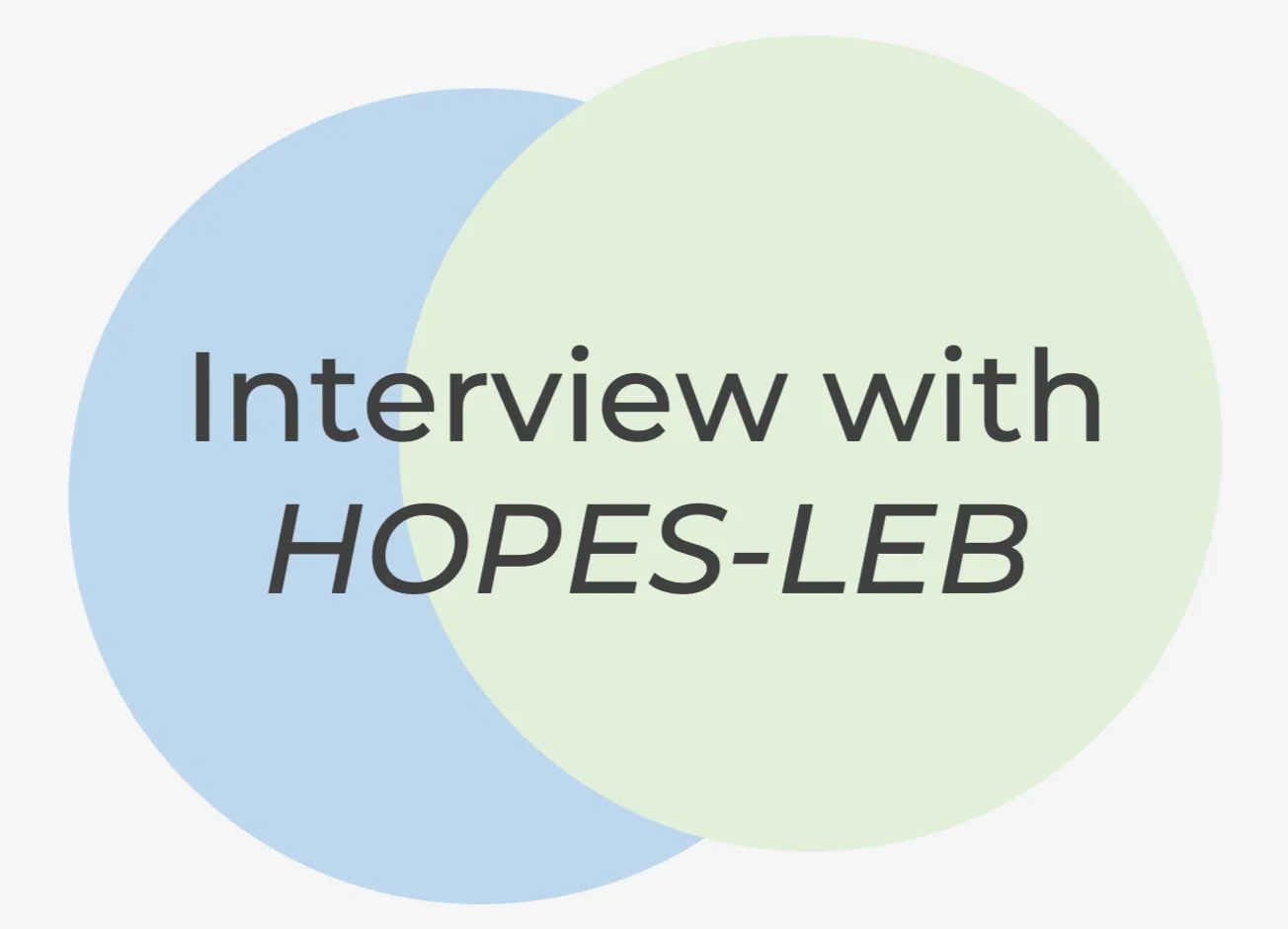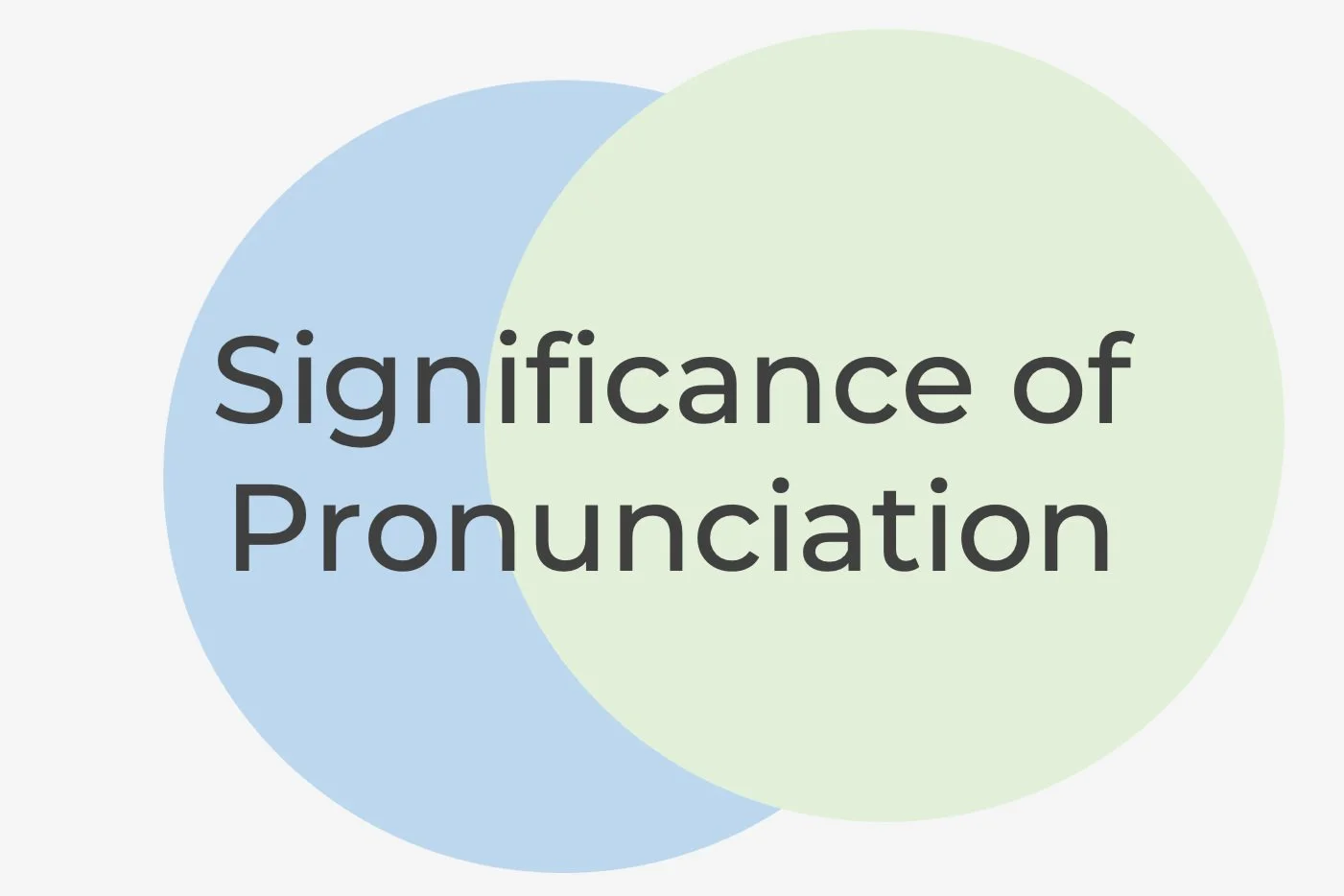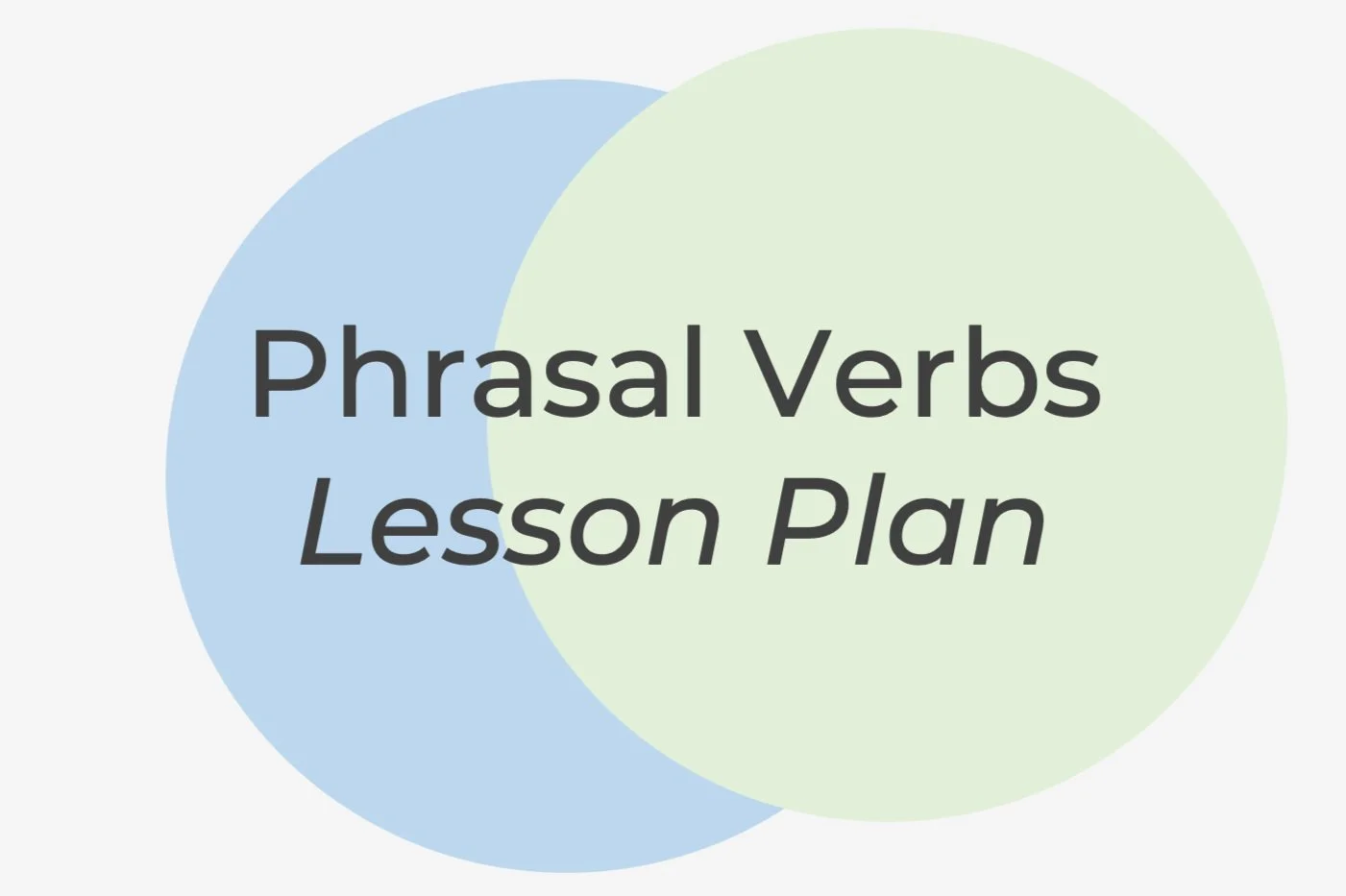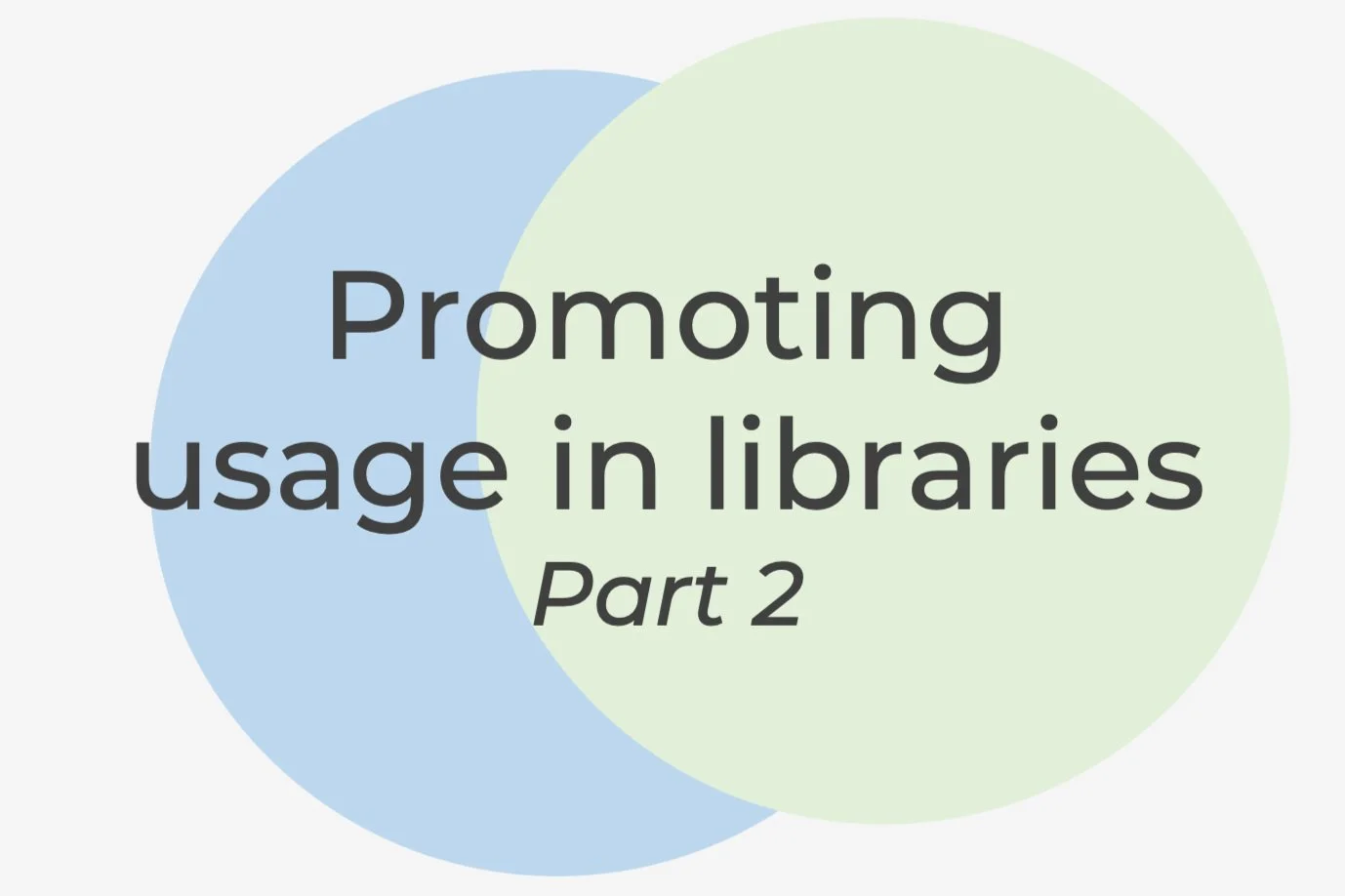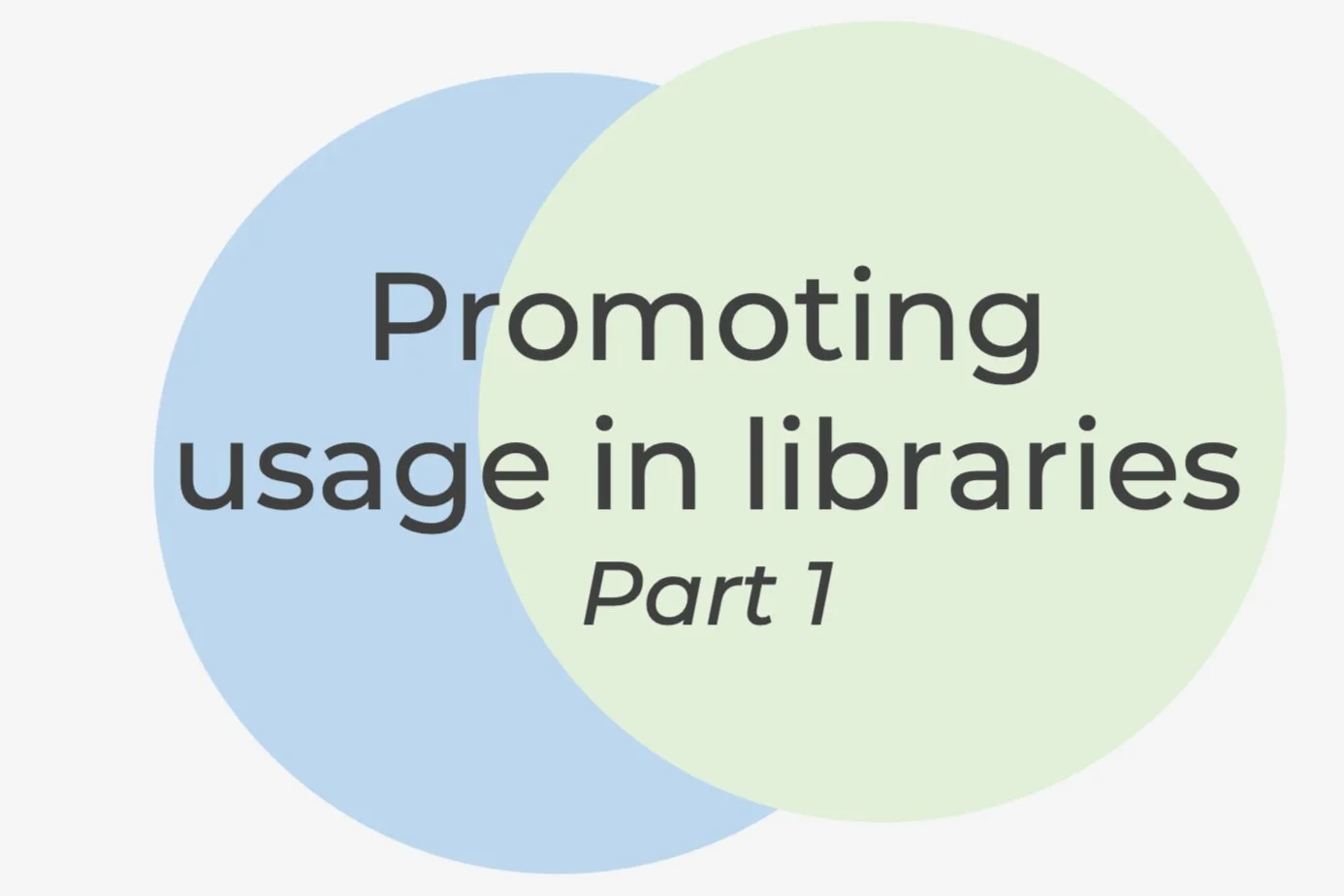In this post we share our interview with the HOPES-LEB team, featured in their newsletter, which delves into an amazing project we have been running with them since January 2022.
Read MoreLearning to use the passive voice is vital for students looking to use English in academic or professional contexts — it’s very common in news articles, academic writing, scientific reports, and official documents. This blog post explains what the passive voice is, how to form it, and provides three practical tips for teachers who need to teach their students how to use it.
Read MoreNeglecting pronunciation can hinder effective communication and limit language proficiency. In this post we explore the importance of pronunciation for language learners — looking at comprehension, cultural adaptation, and international intelligibility. While classroom settings pose challenges in terms of feedback and correction, technology and self-study resources can augment the learning process.
Read MoreMany countries boast their unique spelling quirks. While there is no definitive "right way" to spell in English, it’s important for English learners to understand these differences and strive for consistency within their chosen spelling convention. This awareness will help them navigate the diverse English-speaking world with confidence.
Read MoreTeaching your students to understand and use phrasal verbs can be a big challenge. We’ve put this lesson plan together to help. Taking an inductive teaching approach, this lesson plan covers six stages — presentation, introduction, explanation, practice and application, and homework. It takes a blended learning approach, helping you integrate Tense Buster into the classroom. By the end of this lesson, students will have a solid grasp on the concept of phrasal verbs, and why they are important.
Read MoreIn part one, we focused on key questions that can help you evaluate your current online learning provision and the obstacles your learners’ face. In this second post, we share strategies you can use to increase awareness of, and engagement with, the online learning resources you offer.
Read MoreLibraries play a vital role in supporting teaching and learning, offering a wide range of physical and digital resources. In this blog post, we focus on the challenges of promoting online resources to learners. We share key questions you should consider in order to evaluate the current situation and understand the obstacles and motivations that library members face when trying to access the online learning resources you provide.
Read MorePhrasal verbs, verbs that change their meaning by adding a preposition or adverb, are essential for effective English communication. However, their multiple meanings and idiomatic nature make them challenging for English learners. Introducing phrasal verbs at the B1 level and utilising online learning resources like Tense Buster can help learners understand and use them confidently.
Read MoreDid you know that English is one of just a few languages that uses articles extensively? In many other languages, articles are not used in the same way — or at all. That helps explain why English learners have so much difficulty with this topic. This lesson plan should help make teaching articles much easier. It takes a blended learning approach, making use of Tense Buster (our grammar program).
Read MoreArticles play a key role in conveying meaning and context in the English language. This post will help you understand the different types of articles and how to use them correctly. If you’re looking for ways to teach your students to use articles correctly, have a look at Tense Buster.
Read More
